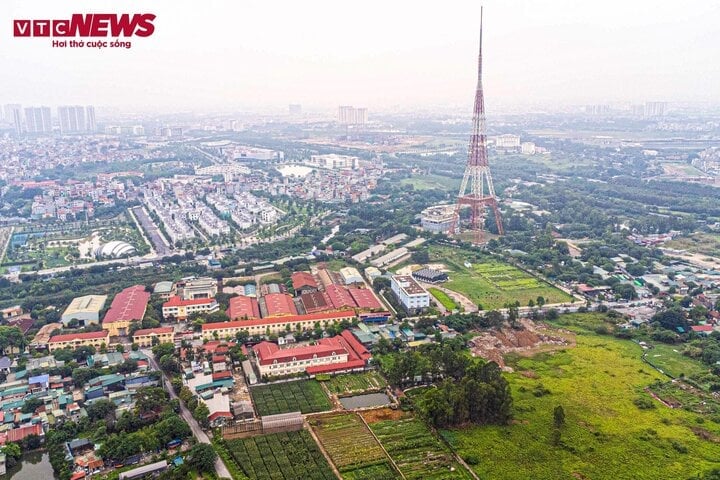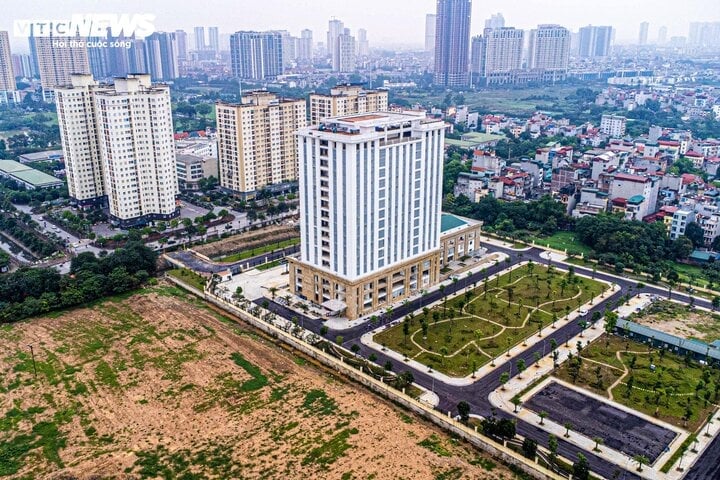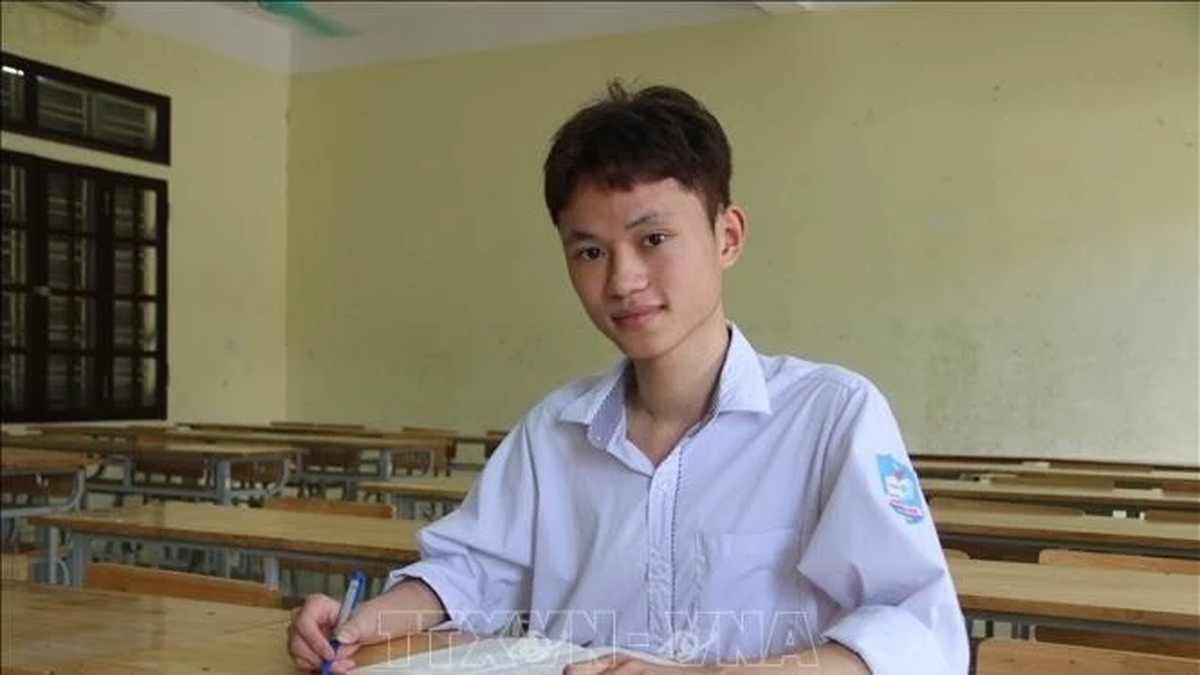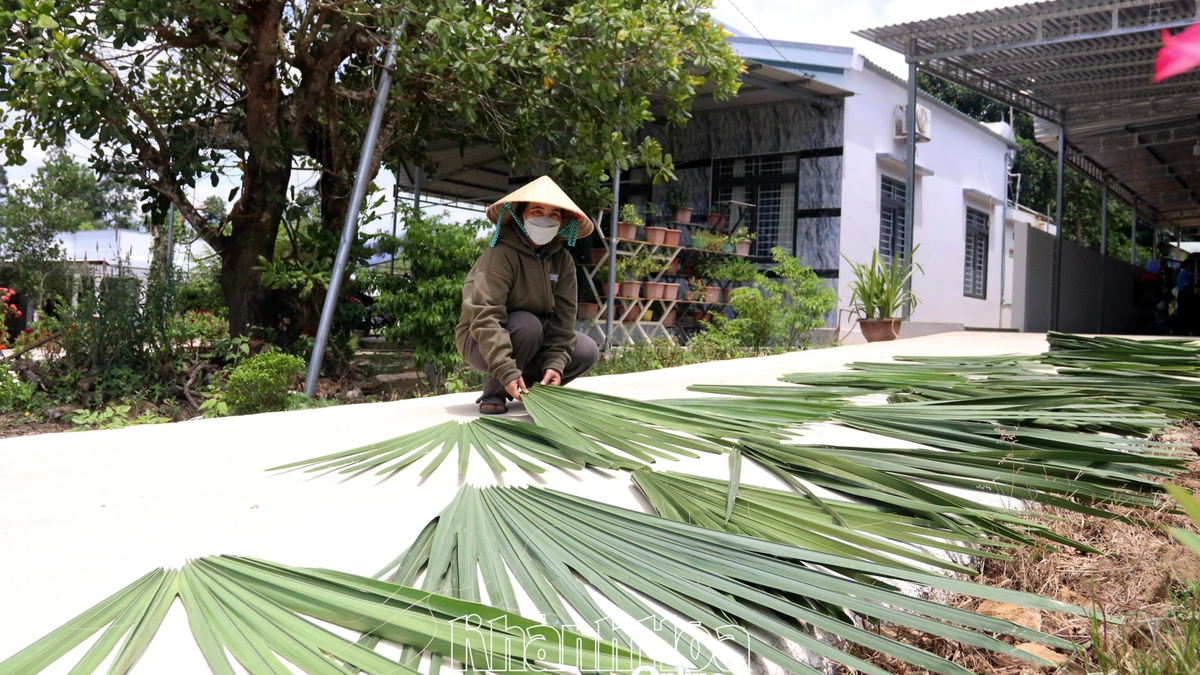Commenting on current housing prices in the two major cities of Hanoi and Ho Chi Minh City, experts all say that prices have exceeded the affordability of many people, especially young families.
In Hanoi, according to the General Statistics Office, the average income of wage workers as of the first quarter of 2023 is 9.7 million VND/month. Meanwhile, the average secondary selling price of residential real estate attached to land as of the second quarter of 2023 is 154 million VND per square meter, and apartments are 33 million VND per square meter.
That means if they only rely on income to buy a house, a worker in Hanoi will have to spend nearly 15 years of average income to be able to buy a 50 m2 apartment and nearly 100 years of average income to buy a 75 m2 townhouse.
Meanwhile, in Ho Chi Minh City, Dr. Su Ngoc Khuong, Senior Director of Savills Vietnam, said that apartment prices here mostly fall into the range of 4-6 billion VND/unit, which is a great pressure for buyers, especially young people. Currently, very few young families have enough money to cover the cost of buying a house. If they borrow from the bank, the pressure of paying monthly interest is also not small.
Savills experts said that the average income of a household in Ho Chi Minh City is only about 15 million VND/month. Meanwhile, the average price of an apartment in a new project is currently 5.5 - 6 billion VND. If you are able to save 40-50%/month, it will take several decades to be able to buy a house in case you do not use credit or do not have any support from relatives.
" Thus, it is very difficult for a young family to rely on pure income (salary) and buy a house in Ho Chi Minh City at this time ," Mr. Khuong emphasized.
Unable to buy a house with their current income, many young people have to accept moving further to choose a house in suburban areas, but the prices are lower and the cost of living is cheaper.

Many young people have to accept moving further to choose a house in suburban areas. (Illustration photo)
Mr. Truong Ngoc Tung (from Hung Yen ) shared that he and his wife have saved about 700 million VND, with the help of both families of about 500 million VND. With 1.2 billion VND, he could hardly find a house to buy without having to borrow from the bank.
After many days of calculation, Mr. Tung and his wife decided to look for land and houses in Yen Nghia area (Ha Dong district, Hanoi). Although far from the center, the land price here is quite "soft": a 30m2 two-story house costs only 1.1 billion VND.
“ The distance from my house to my wife and I’s workplace is about 14 km. Although it is a bit far, compared to renting a house and moving around, having a house to settle down is still better, ” said Mr. Tung.
According to real estate experts, choosing a house in the suburbs and accepting a long commute is becoming a trend for many young people who want a place to settle down.
Professor Dang Hung Vo, former Deputy Minister of Natural Resources and Environment , said that when the land fund in the central area is increasingly depleted, green space is limited, and land prices are constantly increasing, the investment trend shifting to the suburbs is inevitable.
If 10 years ago, projects tended to move to the West - Southwest of the Capital, today many young people and investors are anticipating the trend of moving to the Northeast to fill the Capital region, causing real estate in these areas, especially Long Bien, Gia Lam, Dong Anh districts (Hanoi) or neighboring localities such as Tu Son (Bac Ninh) to continuously establish new price levels.
Sharing the same opinion, Mr. Tran Quang Trung - Sales Director of OneHousing shared that central houses are being pushed up in price to extremely high levels, causing buyers to tend to move to new districts.

With a salary of 25-30 million VND/month, it is difficult for young people to own a house in Hanoi and Ho Chi Minh City. (Illustration photo)
The two areas with the most migration trends today are the West and East of Hanoi. The East is being developed in terms of both transportation and infrastructure, while the West has also developed a large urban community with a very developed population. Both areas are witnessing a strong migration with many new projects.
Regarding financial matters, Mr. Trung shared that one should only decide to buy a house if one has at least 50% of the house's value.
“ In theory, a 30% self-funded budget can be supported with a loan package from the bank. However, when the interest support period ends and there is no reserve payment for the loan capital, the buyer will be in a situation where they have to pay a lot of interest, causing financial pressure for the buyer, becoming a non-optimal problem ,” Mr. Trung warned.
According to Dr. Su Ngoc Khuong, when housing prices in Ho Chi Minh City continuously reach new levels, neighboring areas (with a travel distance of 30-45 minutes from the center of Ho Chi Minh City) such as Binh Duong and Dong Nai are an option for young people.
In particular, Binh Duong area with apartment supply price fluctuating around 2.8 billion VND/apartment in Di An - bordering Thu Duc City (HCMC) is not too far away.
“ If a salary of 25-30 million VND/month, with initial savings of 500-600 million VND, is difficult to own a house in Ho Chi Minh City, then this amount is completely enough to buy a house in Binh Duong at this time, with financial support from the investor ,” Mr. Khuong advised.
Chau Anh
Source




















































![[Maritime News] More than 80% of global container shipping capacity is in the hands of MSC and major shipping alliances](https://vphoto.vietnam.vn/thumb/402x226/vietnam/resource/IMAGE/2025/7/16/6b4d586c984b4cbf8c5680352b9eaeb0)













































Comment (0)